The big five-story relates to wildlife watching in Africa but all trends boil down globally. In India, it could be the big three while elsewhere it could another numerical landmark. The crux of the story is that wildlife enthusiasts, photographers, and filmmakers wish to spot prime predators or mammals that a wildlife sanctuary or reserve, or National Park holds.
Birders too may have their own list of the big five depending upon the avifauna that frequents the region. Likewise, holidaymakers and wildlife lovers have their own list of favorites while visiting a wilderness anywhere.
Destination management companies sell target species found in each and every National Park or WLS. They promise sightings of the big five and the targeted species of birds and reptiles.;
Hotels and wildlife resorts promise the best spotting of the target species in exciting and thrilling encounters (Jeep Safari). Mind you ecotourism is not a ruckus, it is a genuine pursuit to accord the best experience and earn money respectable for the performance. The experience is tangible and clients can measure the efforts of tour operators and wildlife resorts that service them.


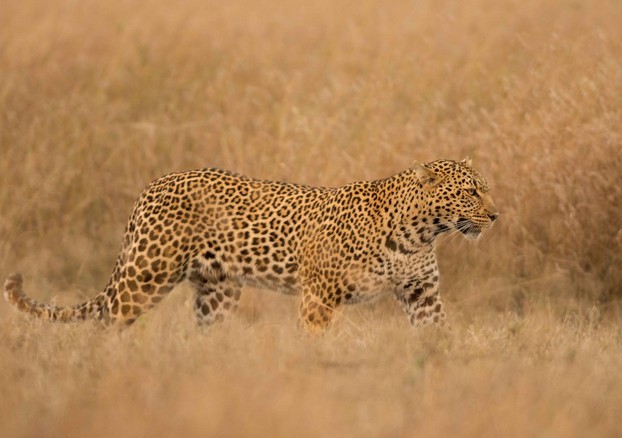
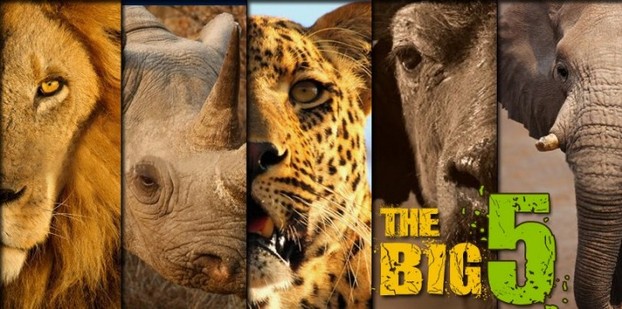
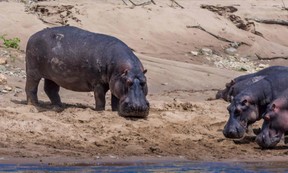 The big five-term was coined by the legendary hunters when the season was open. Now the big five wild animals are conserved as a National Policy, and hunting is banned all over Africa except in one or two countries that issue hunting licenses for an exorbitant fee.
The big five-term was coined by the legendary hunters when the season was open. Now the big five wild animals are conserved as a National Policy, and hunting is banned all over Africa except in one or two countries that issue hunting licenses for an exorbitant fee.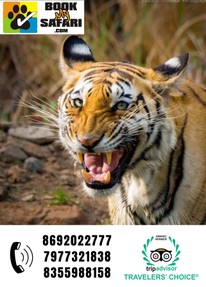




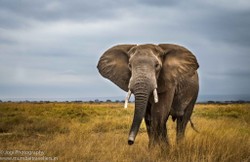

 Full Day Safari in Bandhavgarhon 08/29/2023
Full Day Safari in Bandhavgarhon 08/29/2023
 SEO Campaign: Website Overhaulon 02/13/2023
SEO Campaign: Website Overhaulon 02/13/2023
 Indian Food It Is Not All Curryon 02/08/2023
Indian Food It Is Not All Curryon 02/08/2023
 How Tiger Tourism is Organized in India?on 02/07/2023
How Tiger Tourism is Organized in India?on 02/07/2023

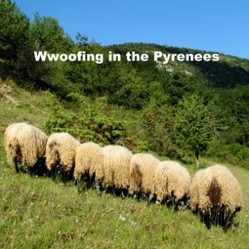
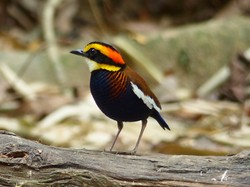
Comments
Yes associate move along with the wildebeest during migration so you have a fair chance of spotting targeted birds and reptiles
The third sentence in your paragraph under the second sub-subheading, Where to Spot Big Five?, under your subheading Big Five Tourism mentions The Great Migration every June and July.
Might it be difficult to view the Big Five of birds, mammals and reptiles during that time? It seems that it could go either way: the wildebeest moving might encourage birds, mammals and reptiles to socialize along the way or at water holes or it might not!